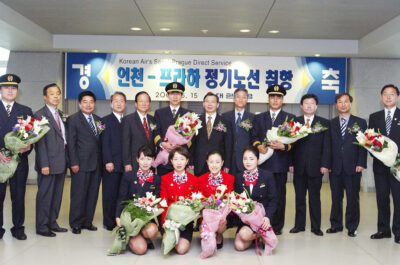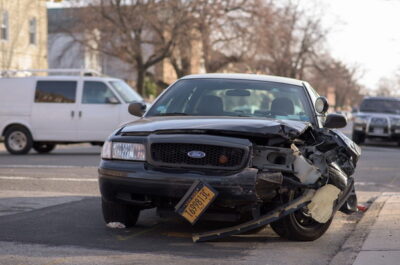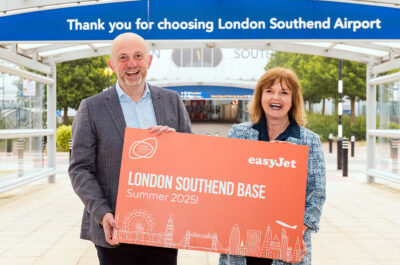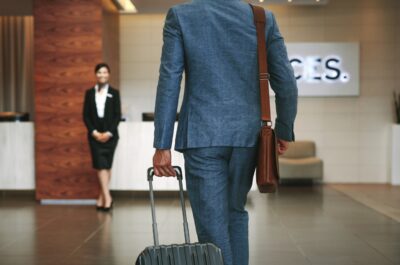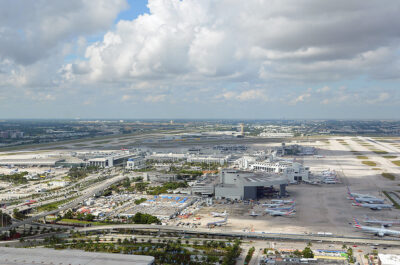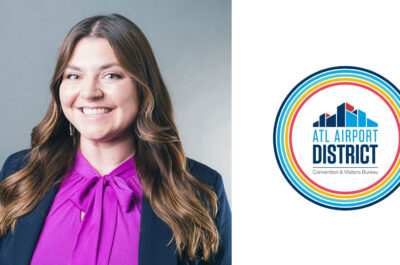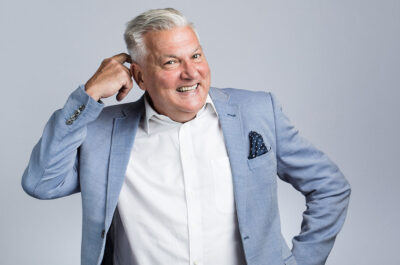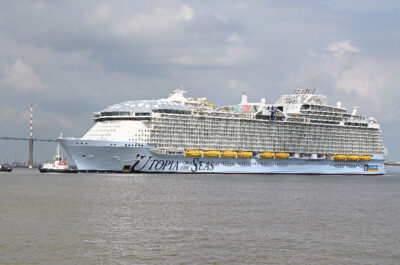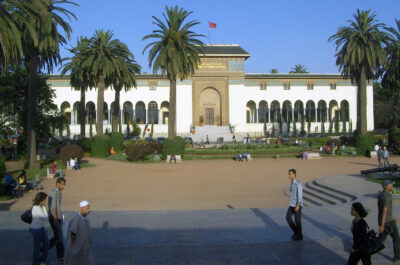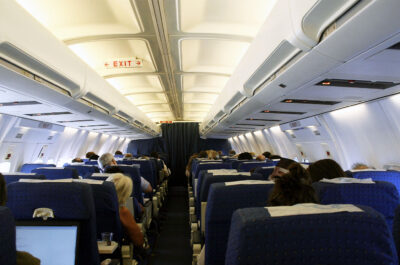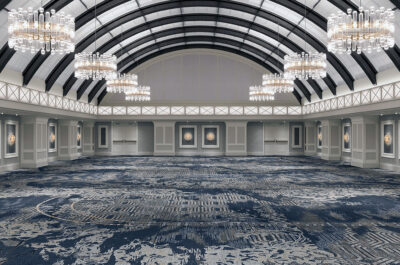In Paris, occupancy drops during June appeared to be due to the absence of the Bourget Airshow this year…
In Paris, occupancy drops during June appeared to be due to the absence of the Bourget Airshow this year. July saw performances rising again for high end hotels, both in terms of occupancy and average rates.
Occupancy in four star hotels grew by almost +5%, compared with last year. However, Boutique hotels were the only category not to experience this growth, since occupancy remained stable. Midscale hotel occupancy rose by almost +8%, with all categories experiencing growth (+4% for Superior 3 stars and +13% for Standard 3 stars).
Whilst occupancy growth in Parisian four star hotels was not at the expense of average rates, this was not the case for 2 and 3 star properties. In fact, with the exception of Standard 3 star properties, whose average rates grew by just over +1%, other midscale categories saw rates declining: down by -1% for 2 star hotels, and -7% for Superior 3 stars.
Within each category – upscale and midscale – the market favoured those hotels positioned at the higher end. This was true even for categories whose performances dropped or remained relatively stable (Boutique hotels and Superior 3 stars).
In the end, RevPAR for Parisian hotels grew, with the exception of Superior 3 star hotels (down by -4%). Upscale hotels saw RevPAR grow by over +8% and midscale hotels by +4%. Palaces and Deluxe hotels and Standard 3 star hotels all experienced the highest RevPAR growth (+14% and +15%, respectively).
A noticeable factor during July was the return of American clientele – a trend that begun in June. However, the dollar / euro exchange rate remained disadvantageous for American tourists. Does this mean that July signified the lasting return of a market that has cruelly deserted Paris these past few months? Nothing`s certain, particularly given the upcoming Presidential elections in November. These elections traditionally go hand in hand with a certain stagnation of the economy and the tourism industry.
Throughout the rest of France, the slump continued. Competition from new destinations, occasionally harsh weather conditions, absence of some client markets, etc. have made life difficult for hoteliers.
Occupancy increased slightly for four star hotels – up +2% – but dropped by almost -7% for 2 star hotels and -1% for 3 star hotels. These results were not offset by a rise in average rates, which increased by a maximum of just +2% for 2 star hotels. Consequently, RevPAR dropped by -1% for 3 star hotels, -3% for four star hotels and -5% for 2 star hotels.
The regional hotel industry illustrated the different measures applied by hoteliers: on the one hand, 2 star hotels preferred to drive forward average rates (+2%), which resulted in a drop in occupancy (-7%). On the other hand, 4 star hotels favoured the increase in occupancy (+2%), to the detriment of average rates (-5%). In between the two, three star hotels stabilised average rates, and saw their occupancy drop by just -1%.
A good number of hoteliers were counting on the start of the summer season for the return on holidaymakers who stayed away in 2003 (cancelation of festivals, morose economy, etc.). This didn`t happen, and the promising results seen in May and June already seem far off.
Note: Grand Luxe = Deluxe Hotels; Hotels de Charme = Boutique Hotels; Gros Porteurs = Large Capacity Hotels
Theodore is the Co-Founder and Managing Editor of TravelDailyNews Media Network; his responsibilities include business development and planning for TravelDailyNews long-term opportunities.






















